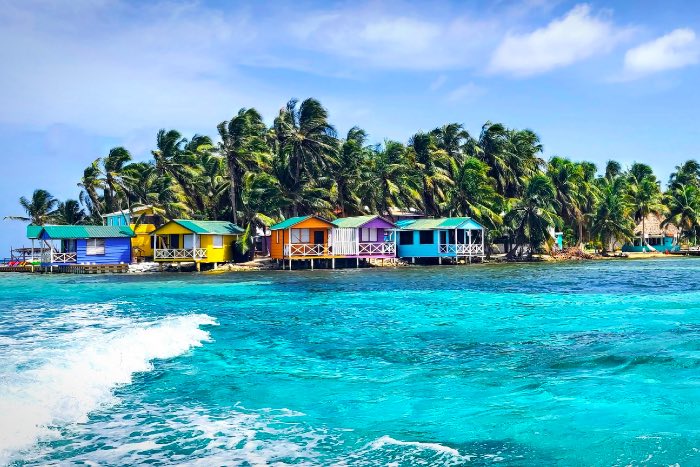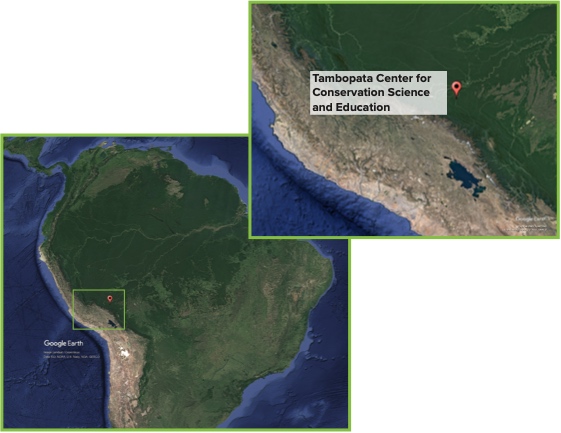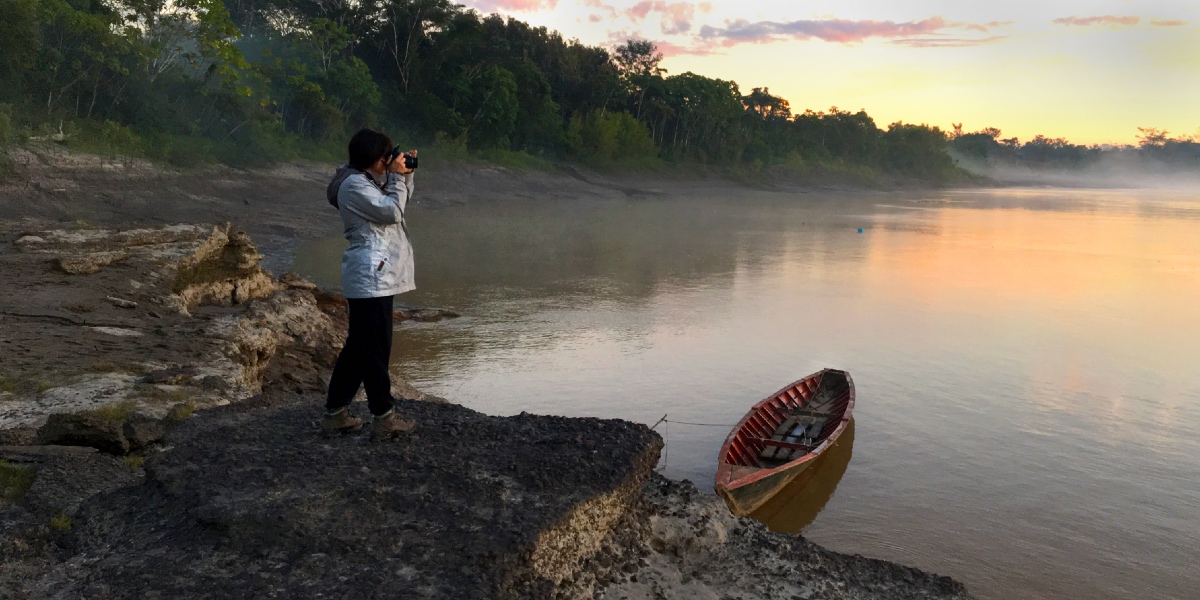
Amazon: Avian & Tropical Ecology
Journey to the Amazon and learn how communities are working to save this astonishing and irreplaceable ecosystem.
Course Overview
The Amazon rainforest, a region of staggering biodiversity, holds many mysteries. With over 400 mammal species, 1,300 bird species, and millions of insects, it is the most diverse area on Earth. This course offers a chance to explore the Peruvian Amazon firsthand with the incredible work of CECCOT under the direction of Dr. Ursula Valez and with the support of Ruth and Kenney at Hacienda Herrera, our local hosts. You'll work with researchers and local communities to study tropical biodiversity, including avian research, agroforestry in plant communities, and witness the positive impacts of human restoration efforts. Students will live sustainably, walking to and from field sites whenever possible.
A typical day on this EE course includes exploration and hiking in the local environment, instructor and student-led discussions of key course topics, presentations, and engagement with local community experts, and time for inquiry investigations and journal writing. Prior to and following the field experience in Peru, students will complete coursework via Canvas, Miami University's learning management system, as they apply experiences at home.
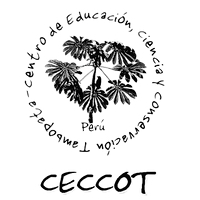 *** If you're interested in Amazon: Avian & Tropical Ecology for Summer 2026, let us know by completing this short form. Note: This is not the EE application/course request form. Visit our Apply webpage for application instructions for the GFP or to take an Earth Expeditions stand-alone course. Current Dragonfly students' summer requests should be submitted using the form sent via email.
*** If you're interested in Amazon: Avian & Tropical Ecology for Summer 2026, let us know by completing this short form. Note: This is not the EE application/course request form. Visit our Apply webpage for application instructions for the GFP or to take an Earth Expeditions stand-alone course. Current Dragonfly students' summer requests should be submitted using the form sent via email.
Course Details |
|
|
In-Person Travel Dates |
June 16 - 25, 2026 Arrive at least one day before and depart on last day of course |
|
Full course dates |
April to August online |
|
Course-specific themes |
-Understanding ecological field methods directly from local experts -Engaging in avian research firsthand and relationships to local ecosystems -Participating in community engagement practices -Sustainability and lowering your carbon footprint |
|
Eligibility |
This course is open to any interested current master's students or can be taken as a standalone course. An undergraduate degree is required. *Miami U. undergraduates with Graduate School permission may also apply. |
|
Physical requirements |
A good amount of walking as students walk to and from field sites each day. |
|
Lodging |
Family lodge with simple screened rooms sharing with one to two other students. Students also sleep under mosquito netting. Shared bath facilities with separate showers, toilets and changing areas. |
|
Course credits |
5 master's graduate credits or 7 CEUs (continuing education credits) can be earned |
|
Course costs (Includes meals, water (extra snacks and drinks not included), lodging, activities (optional activities not included), course transportation, and park entrance fees) (For additional information, go to our Program Costs page.) |
There are two options to take this course: 1) Earn 5 graduate credits: All participants cover their own transport to Puerto Maldonaldo, Peru (airport code: PEM) |
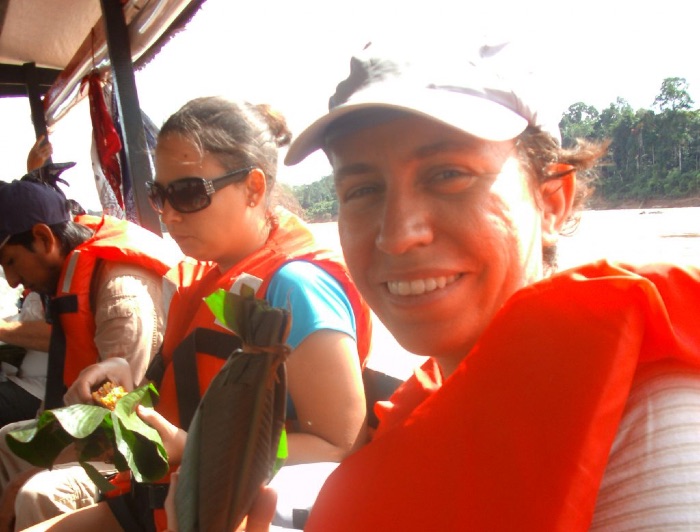
Planned Sites
Center for Conservation Science and Education, Tambopata
The Center is situated on a scenic bend in the Tambopata River, a few miles from the town of Puerto Maldonado in southeastern Peru. Much of the area around the town has been transformed by development, but the bend still includes extensive native forest linked by green corridors along the Tambopata River to the unbroken virgin forest that stretches south for hundreds of miles.
The Center’s long-term goal is to document the area’s rich fauna and flora and to track changes in species composition and abundance as urban development encroaches on the southwestern Amazon region. As part of this goal, the Center conducts an extensive bird monitoring research project using mist nets (ground/canopy) to capture, color-band and release species, while Bal-chatri traps are used to capture raptors.
(Course locations are subject to change.)
Amazon Course Photos
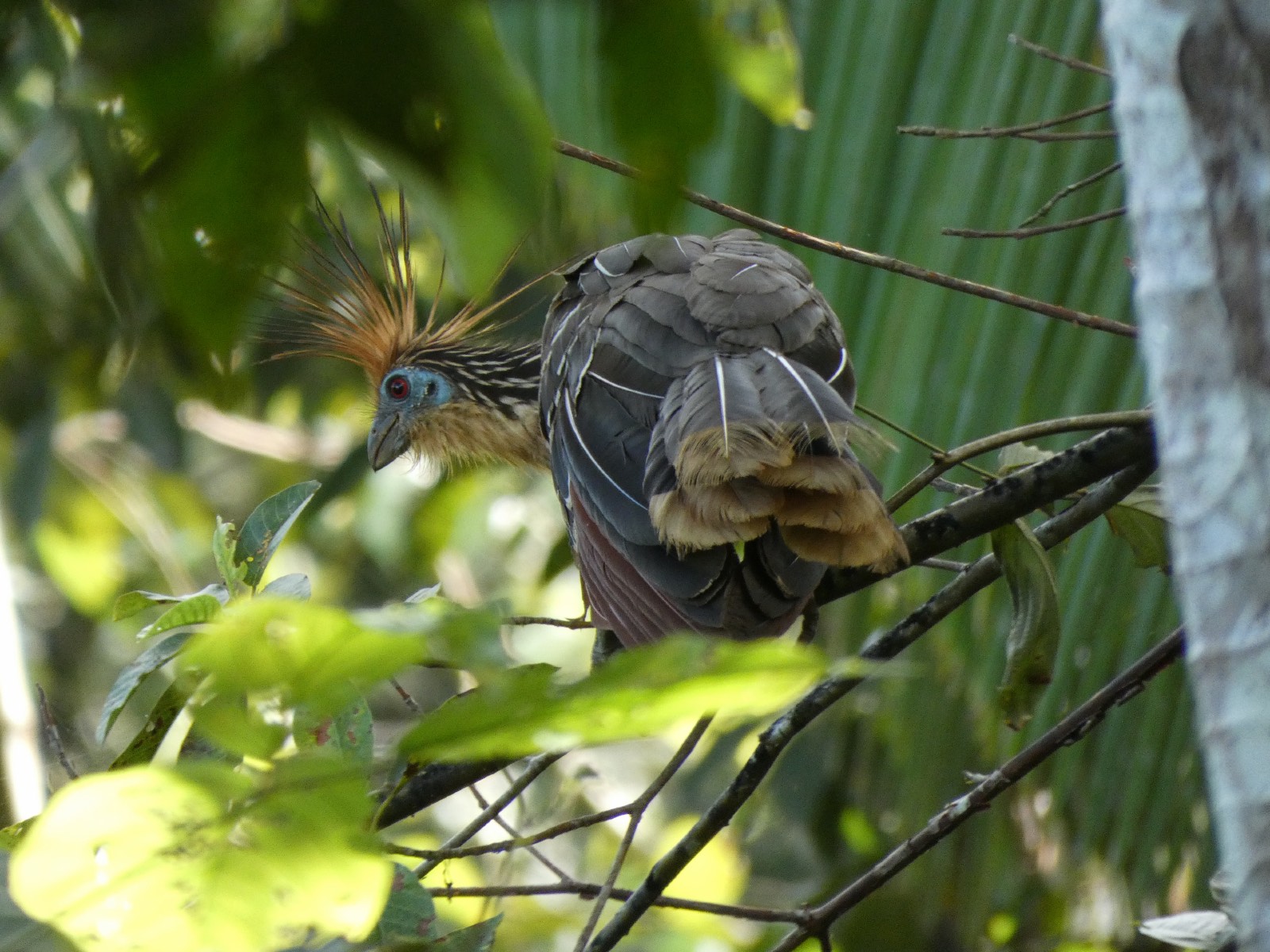
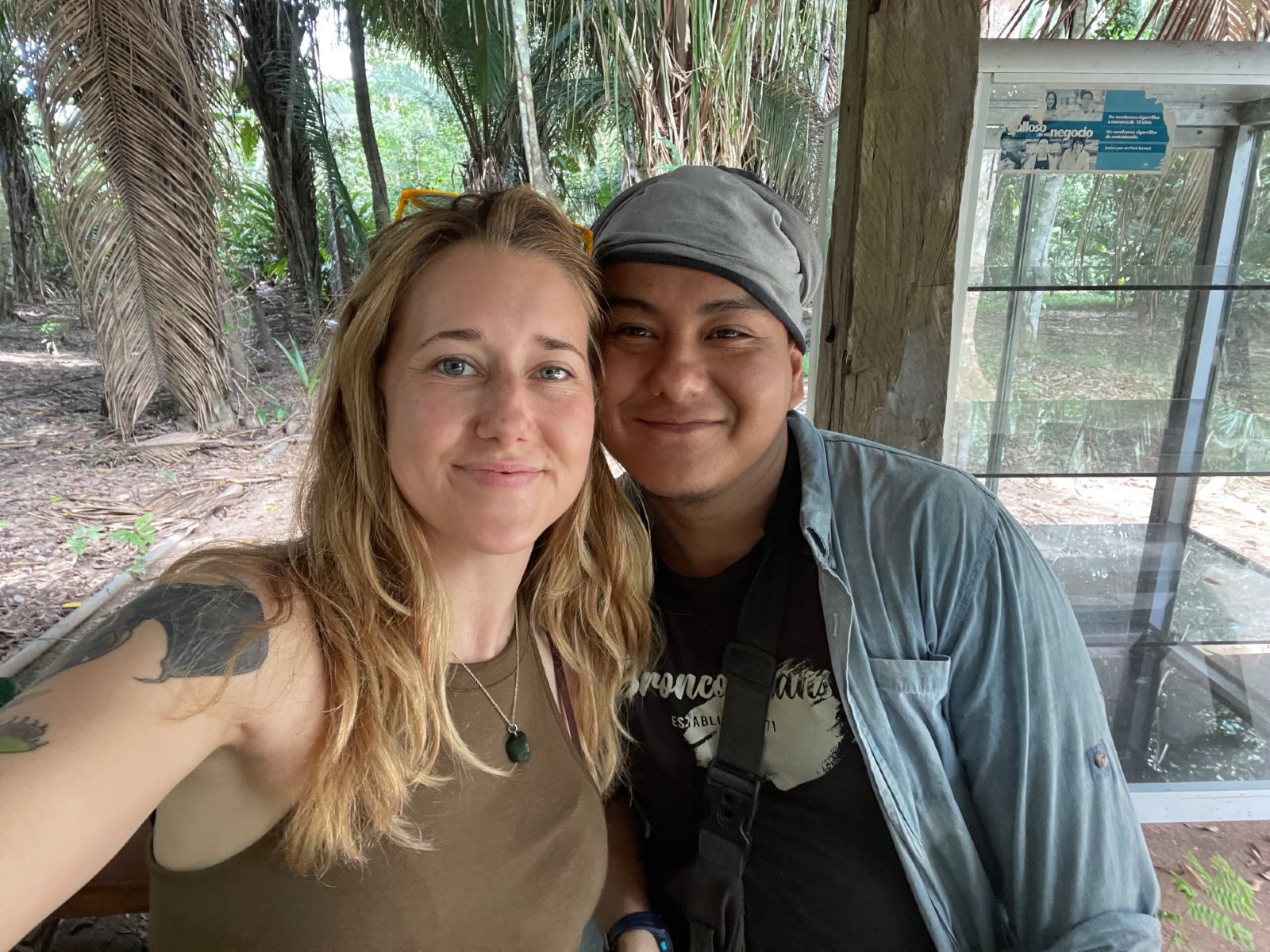
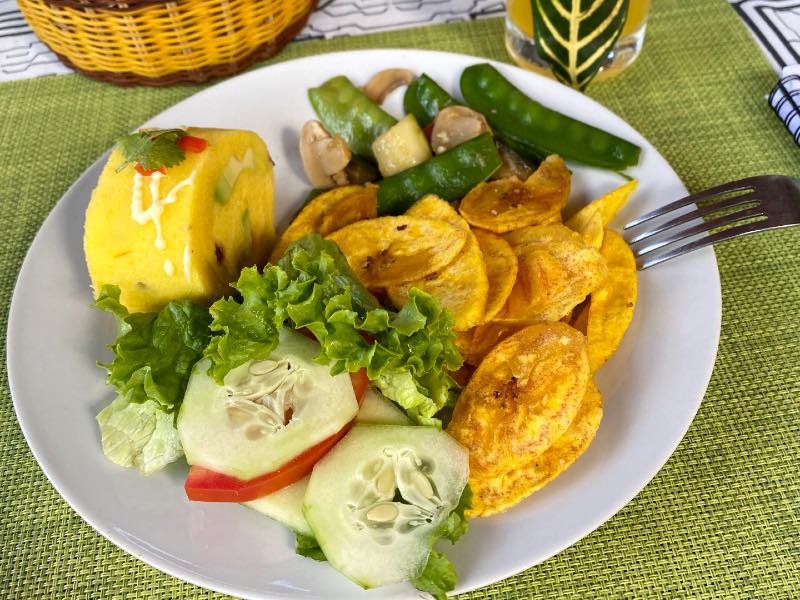
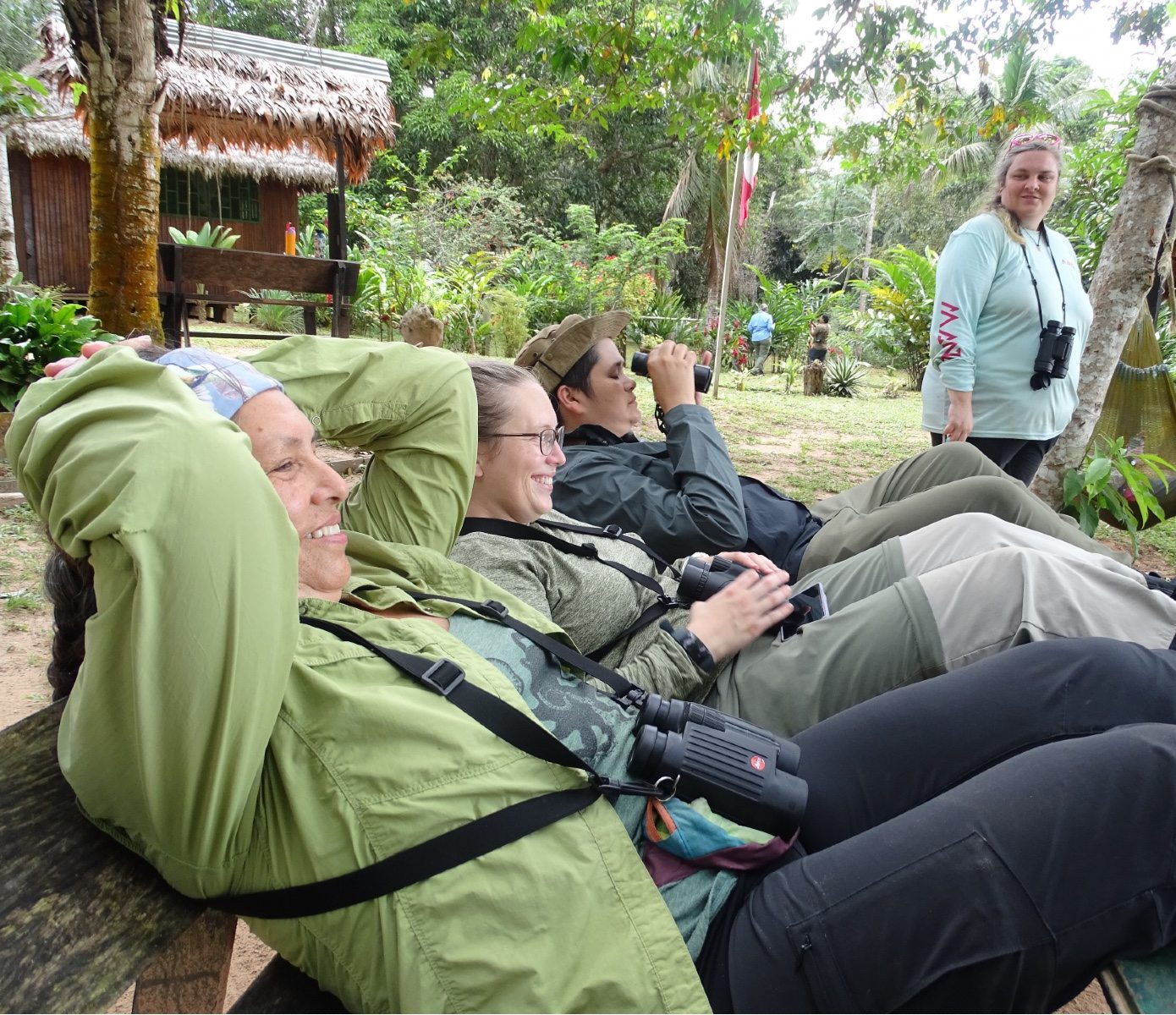
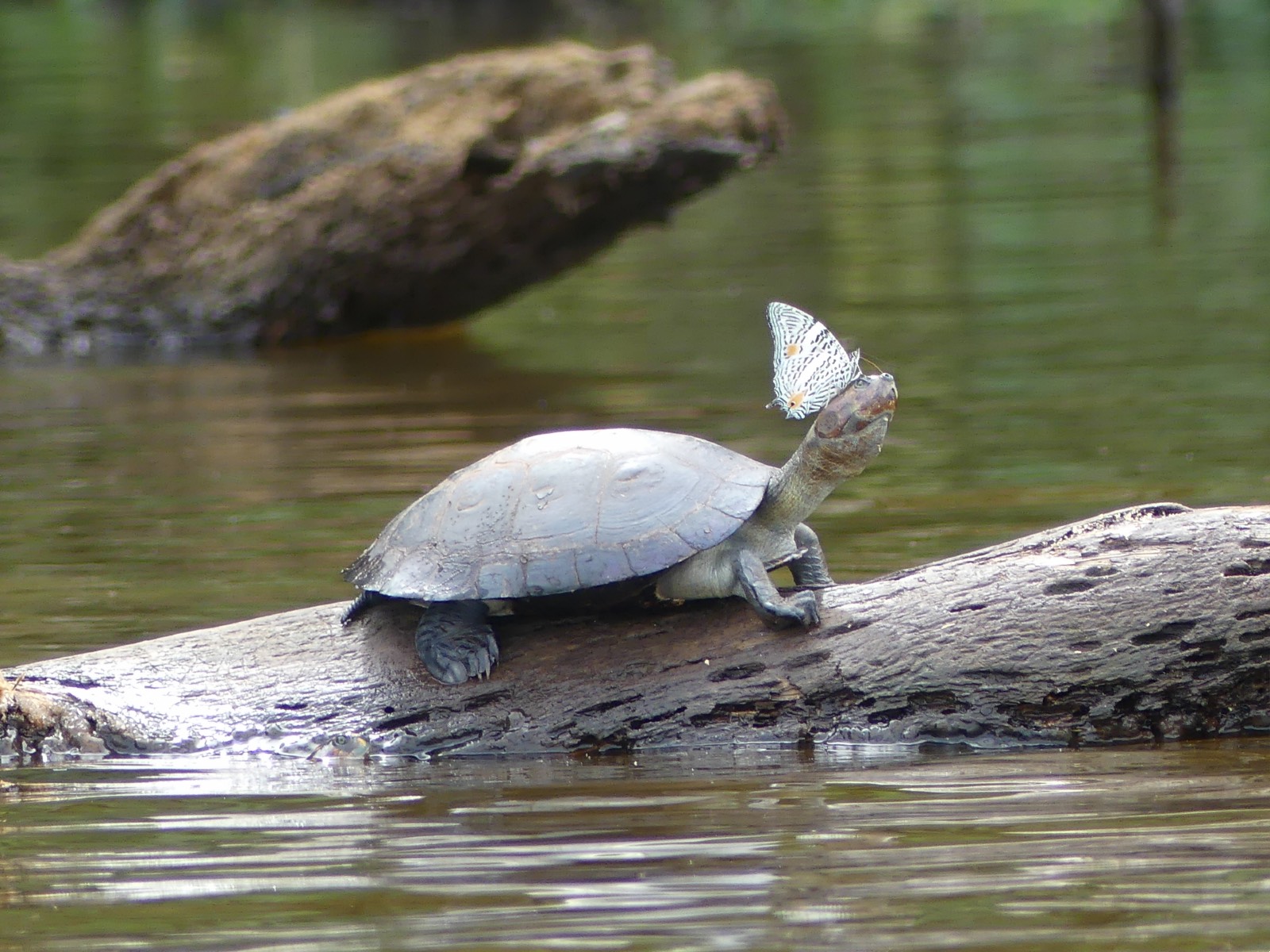
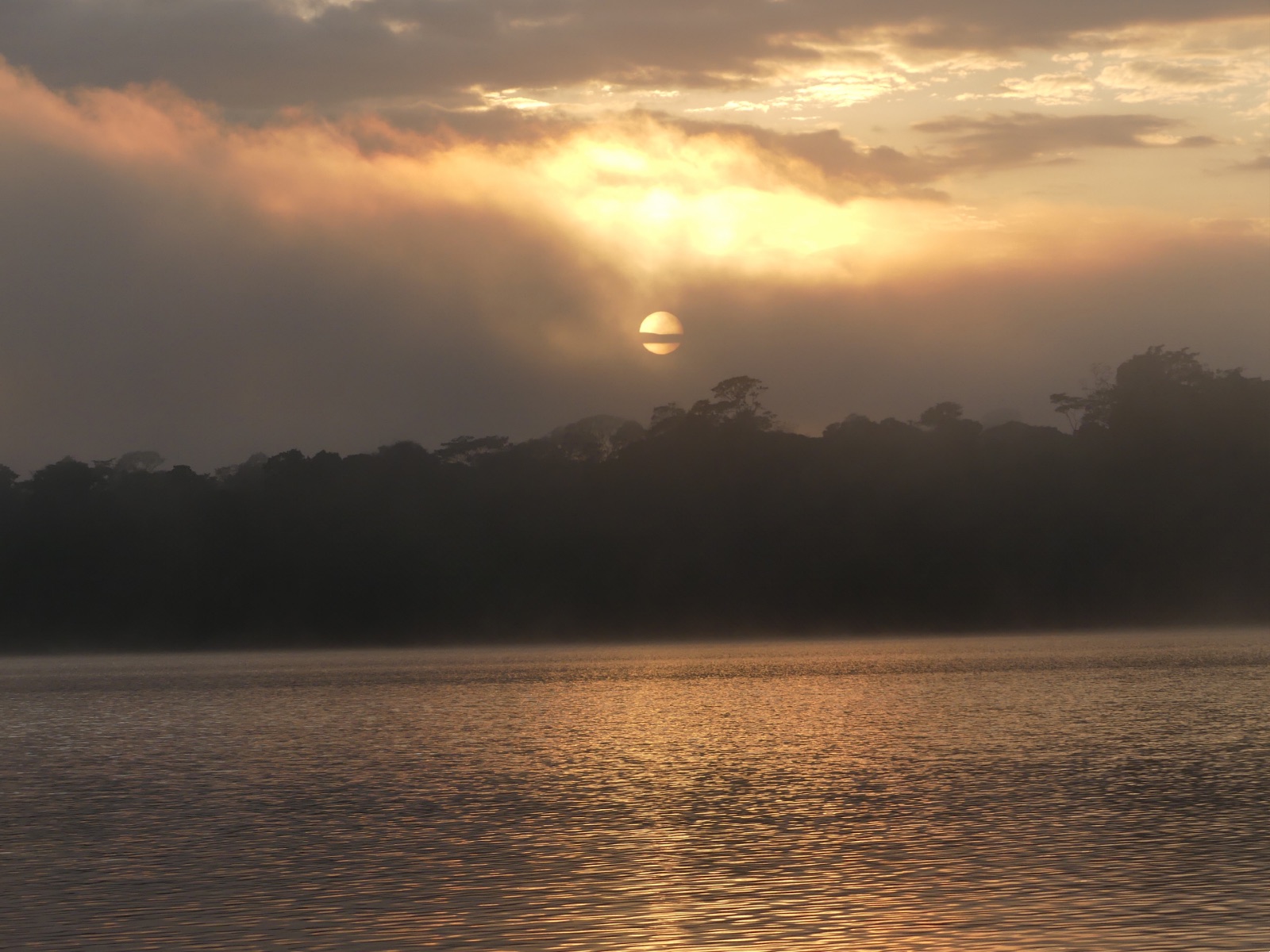
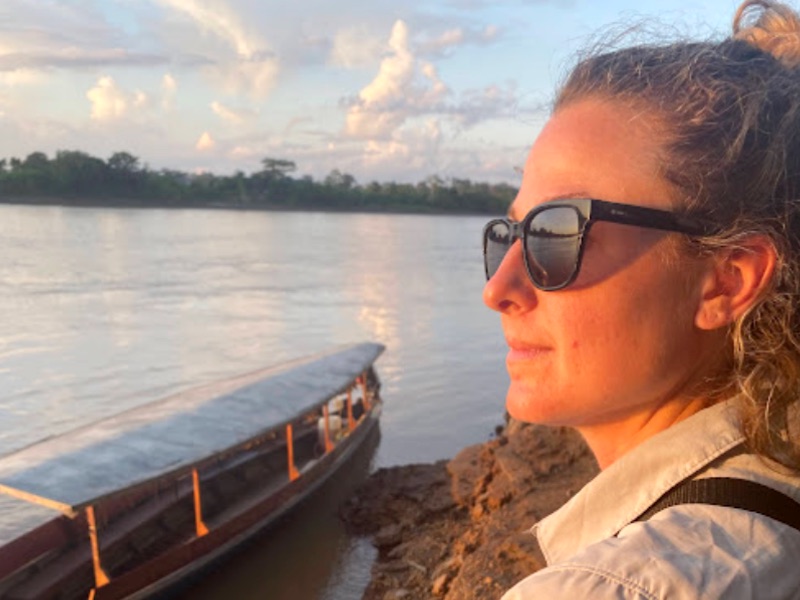
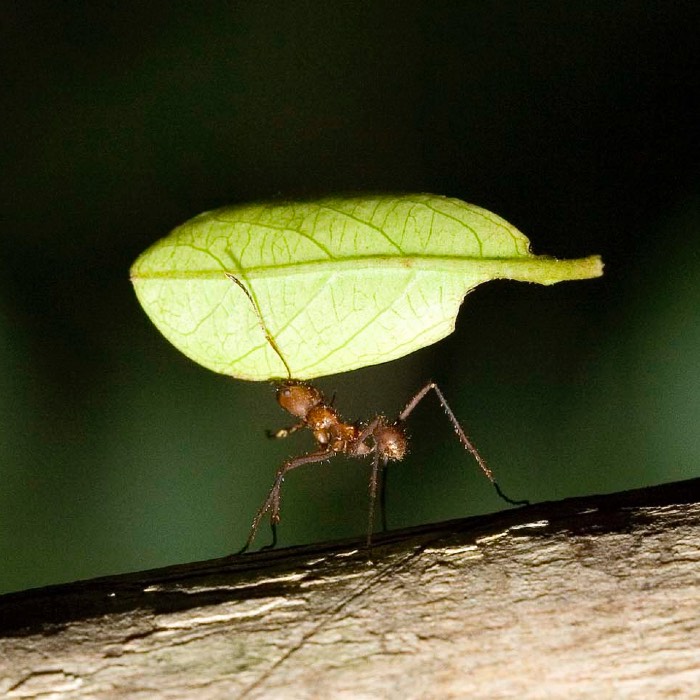
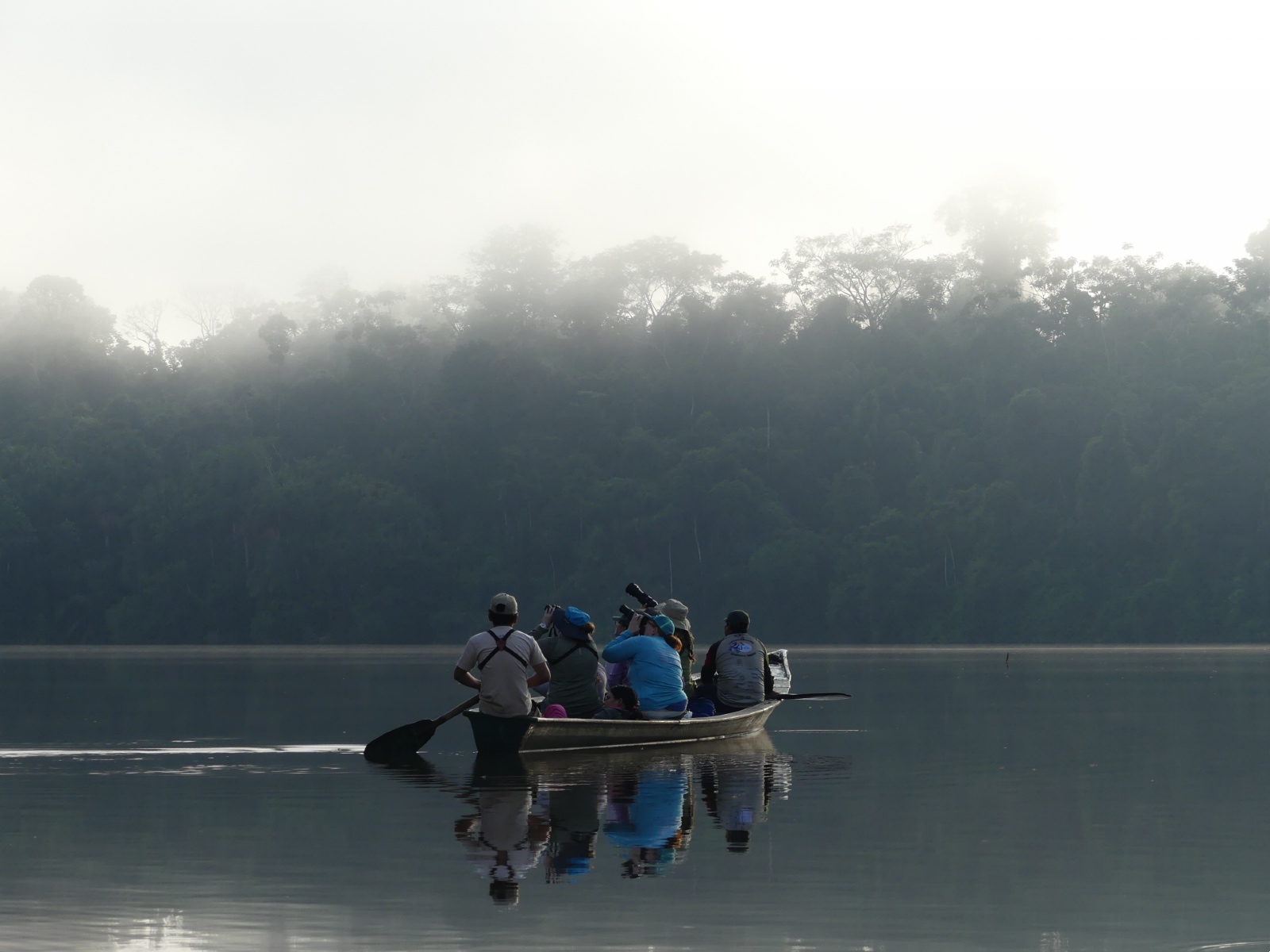
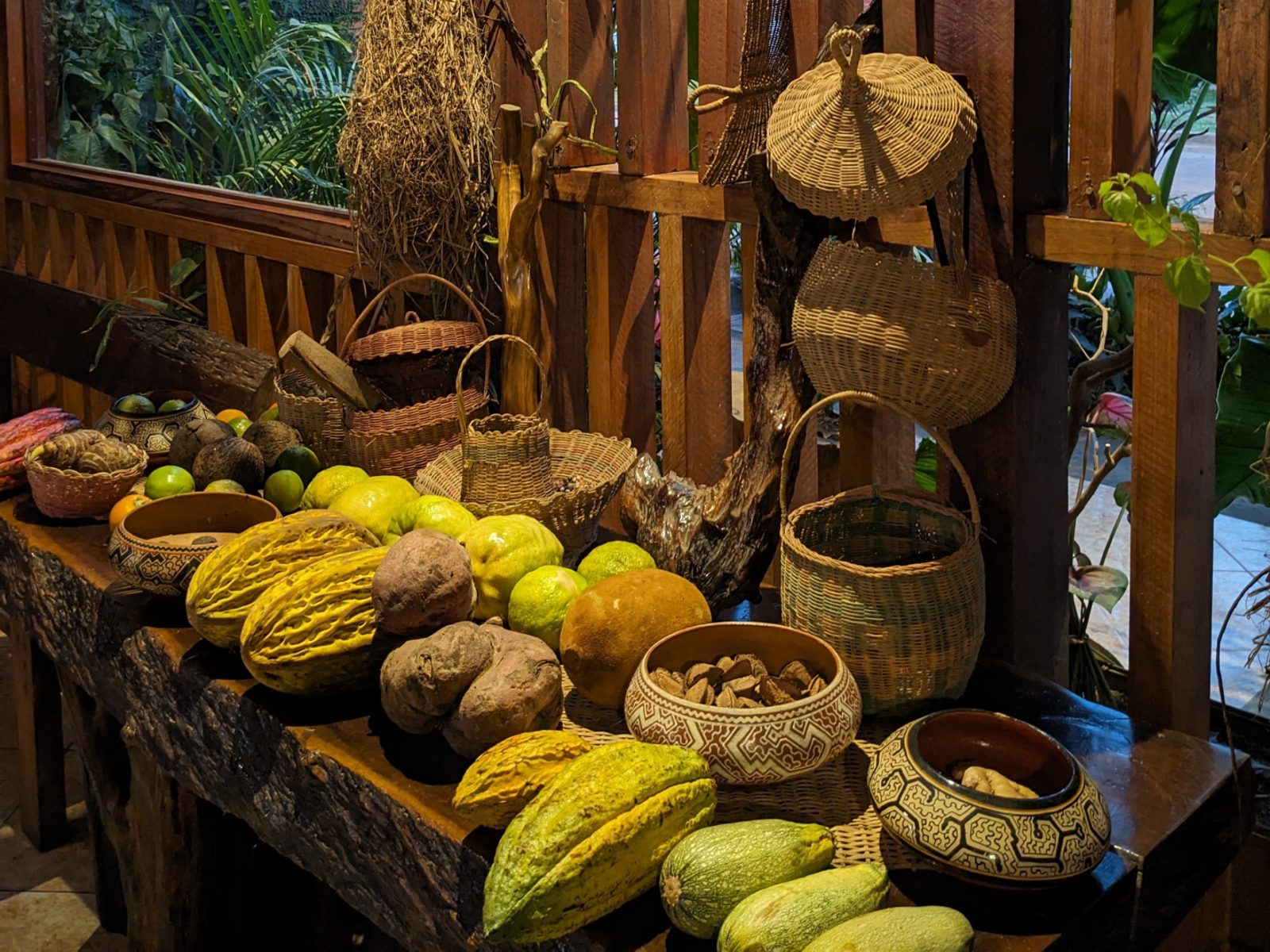
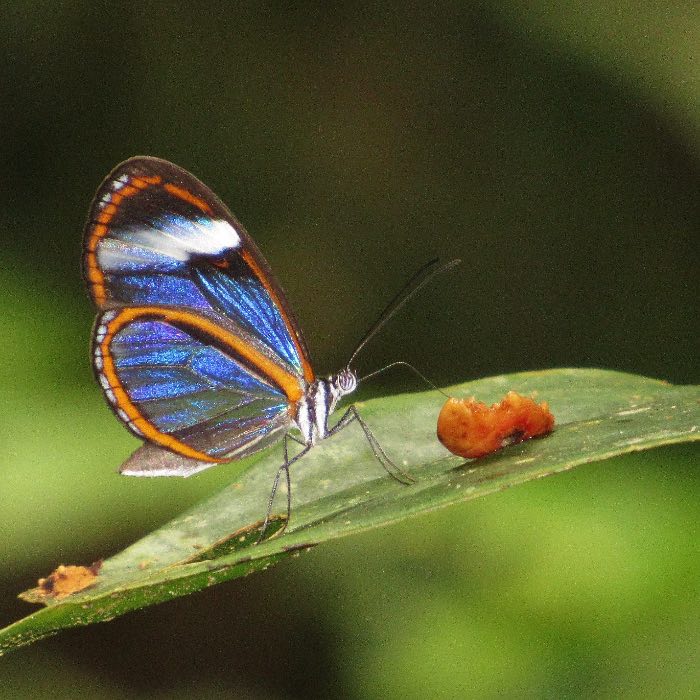
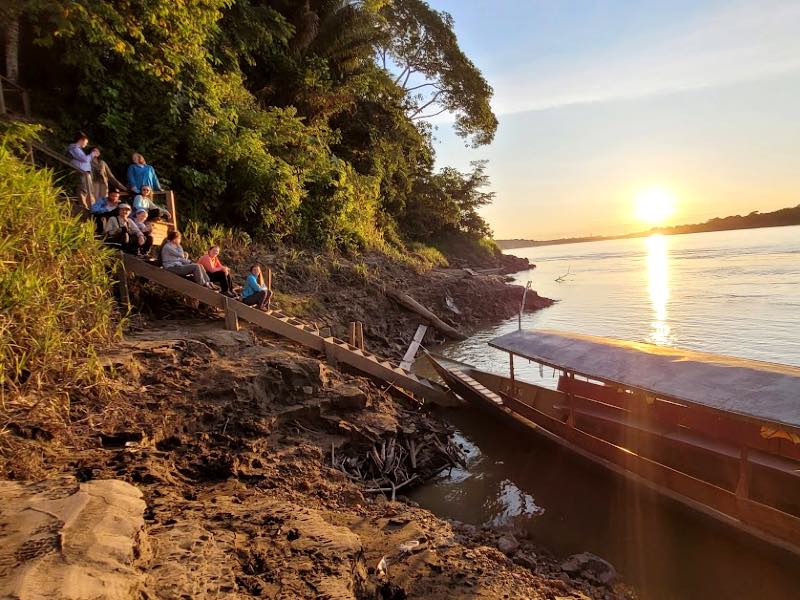
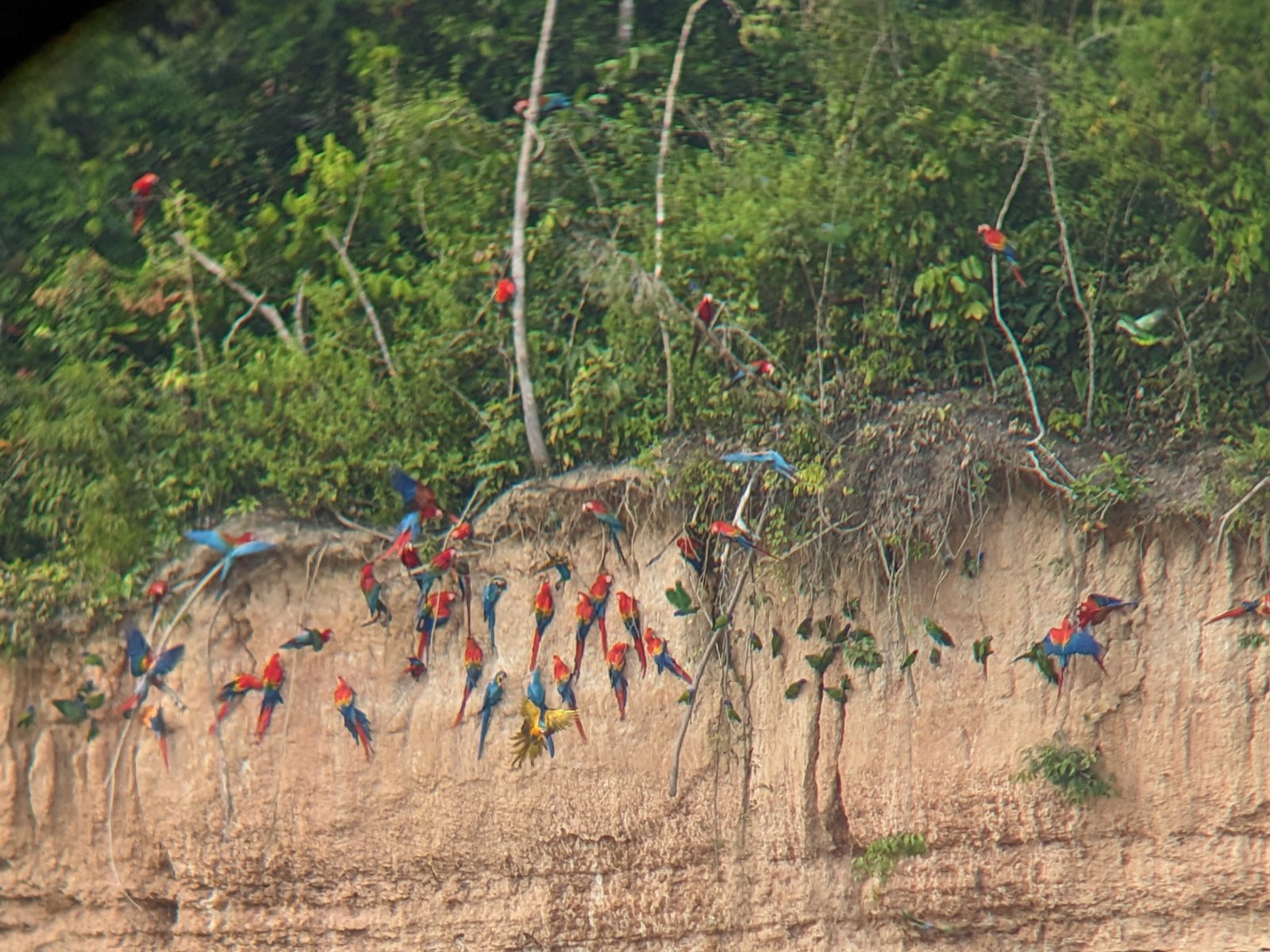
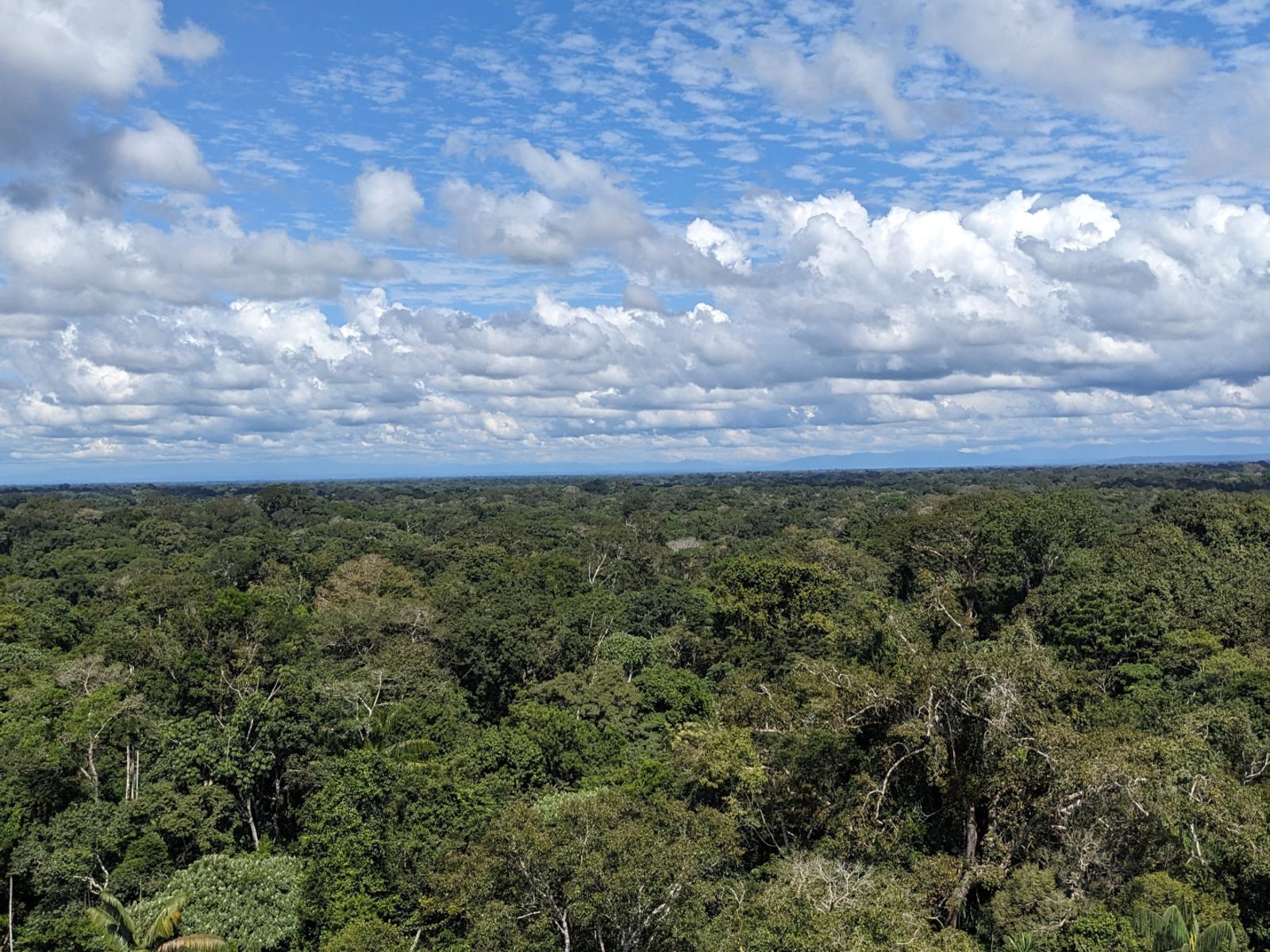
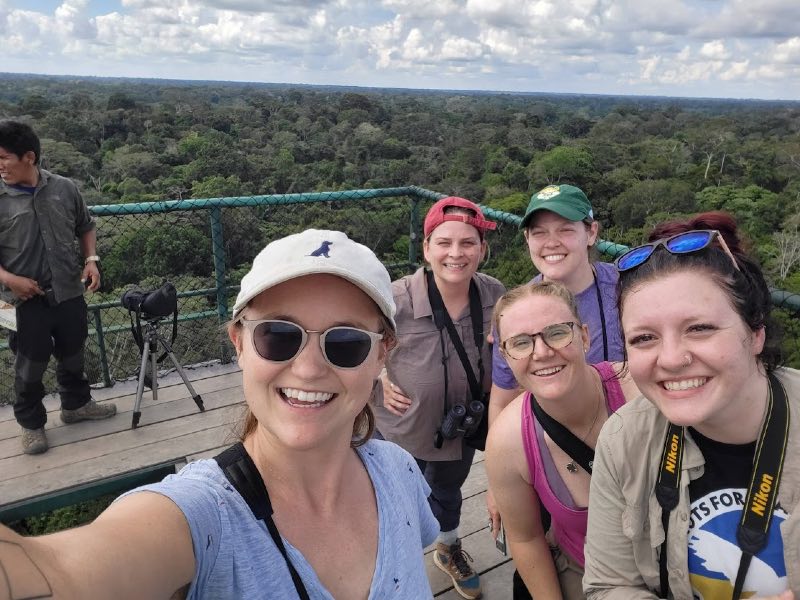
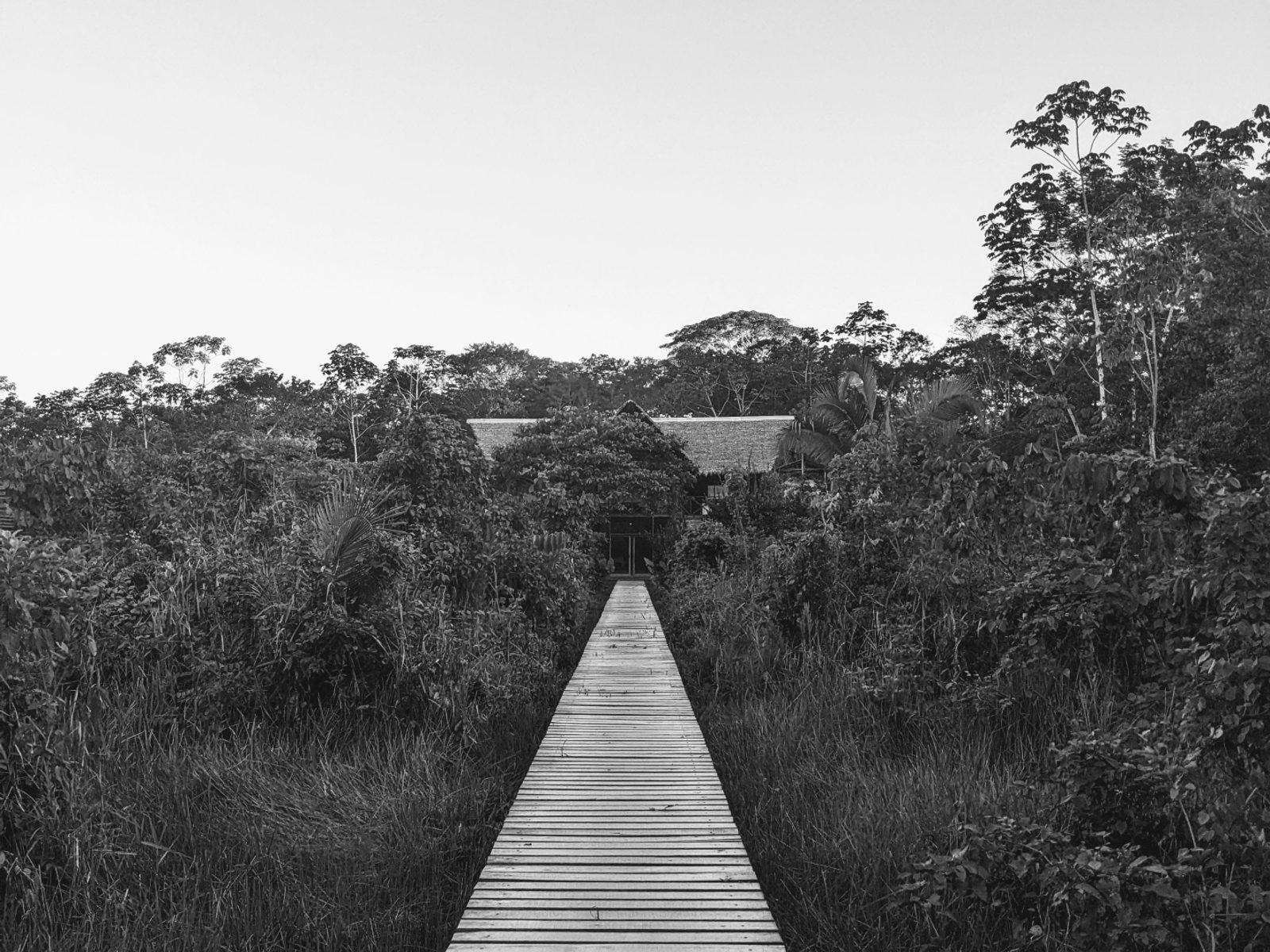
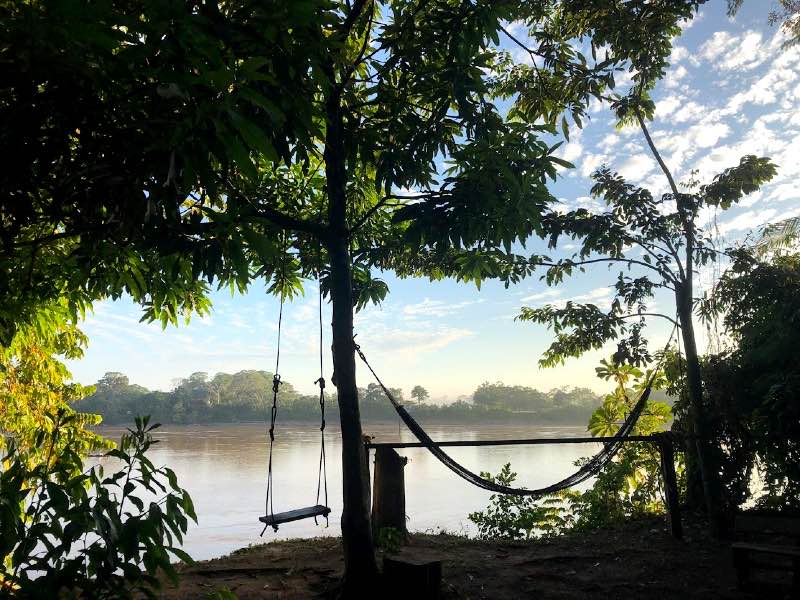
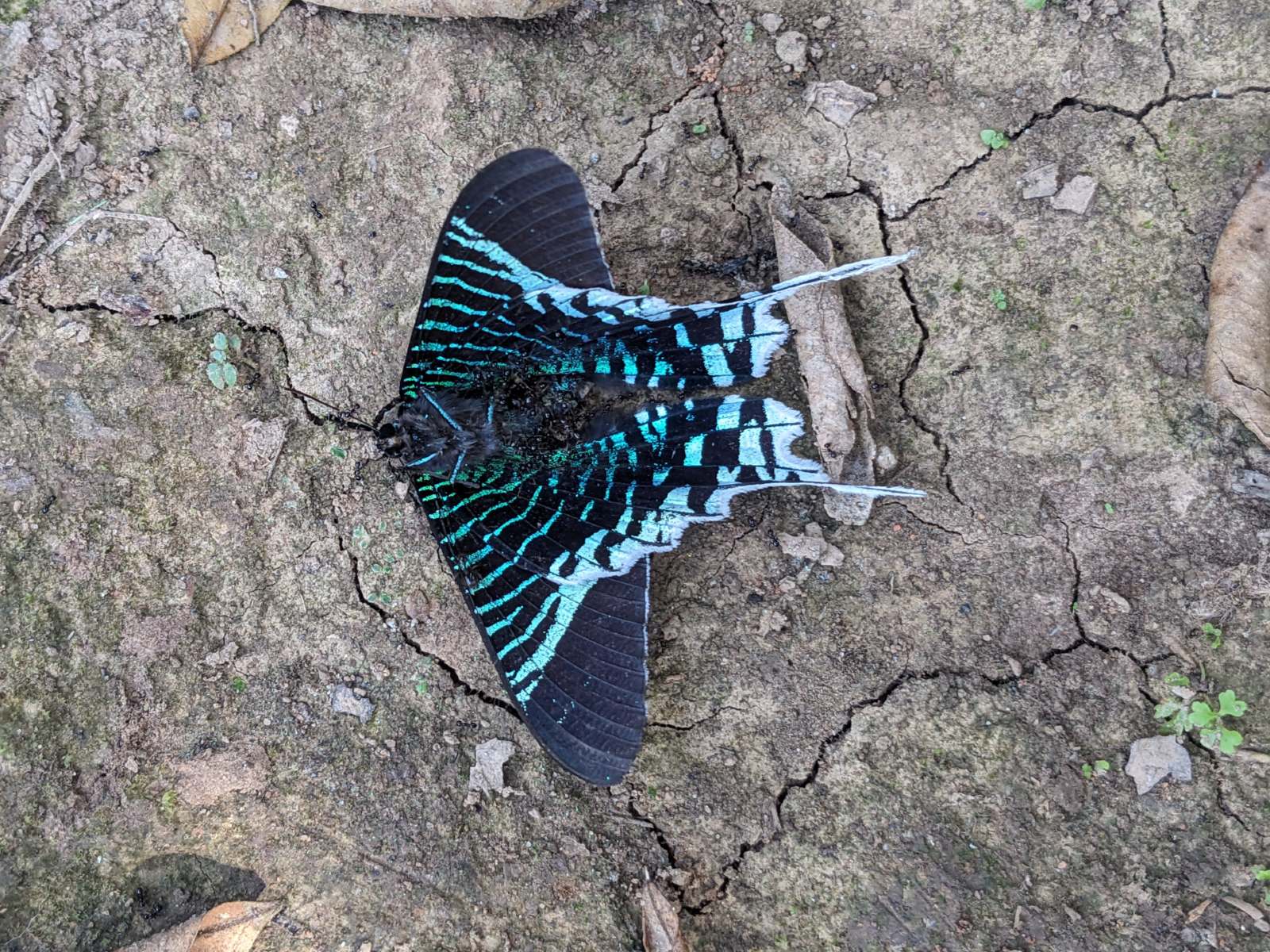
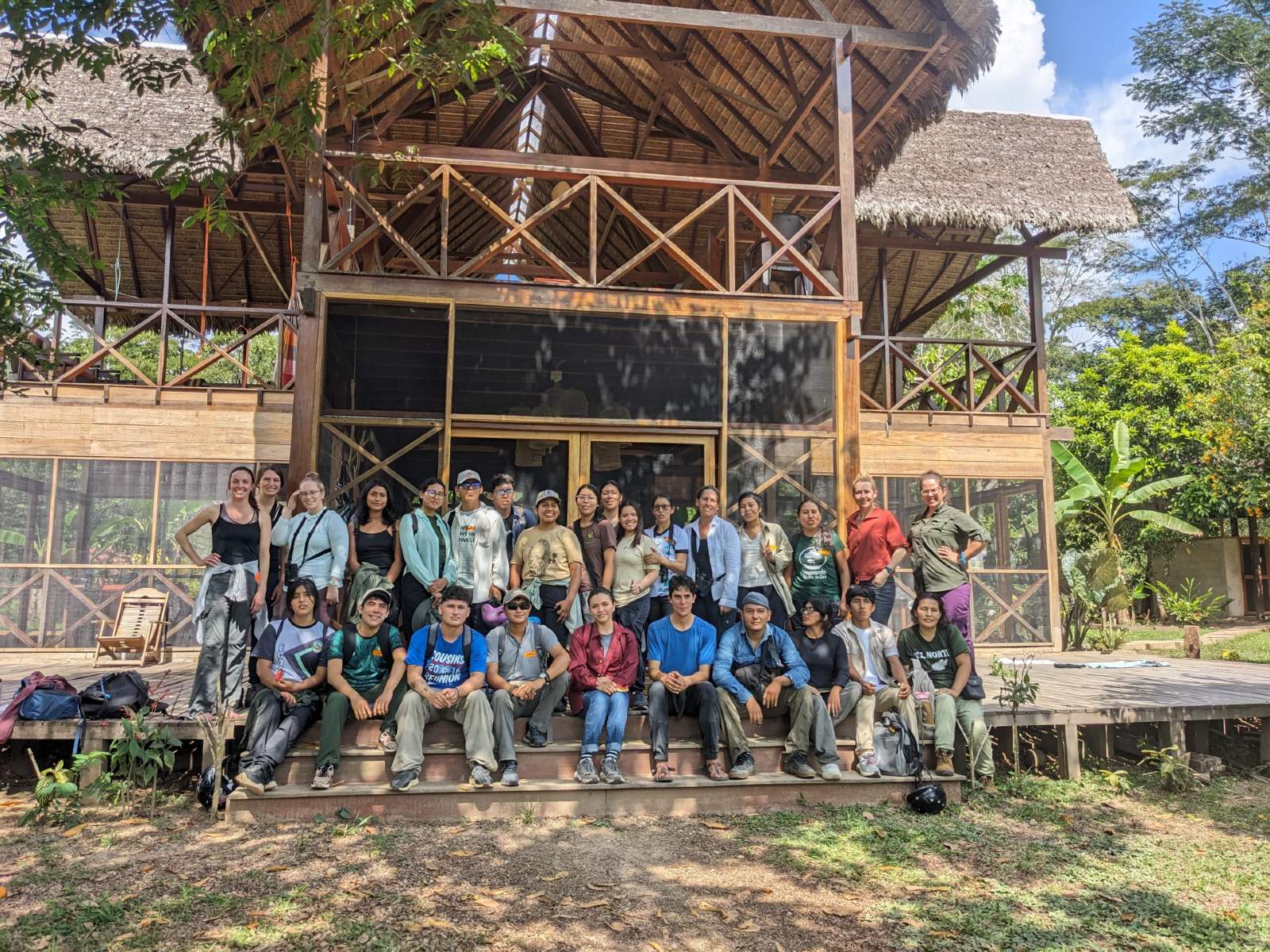
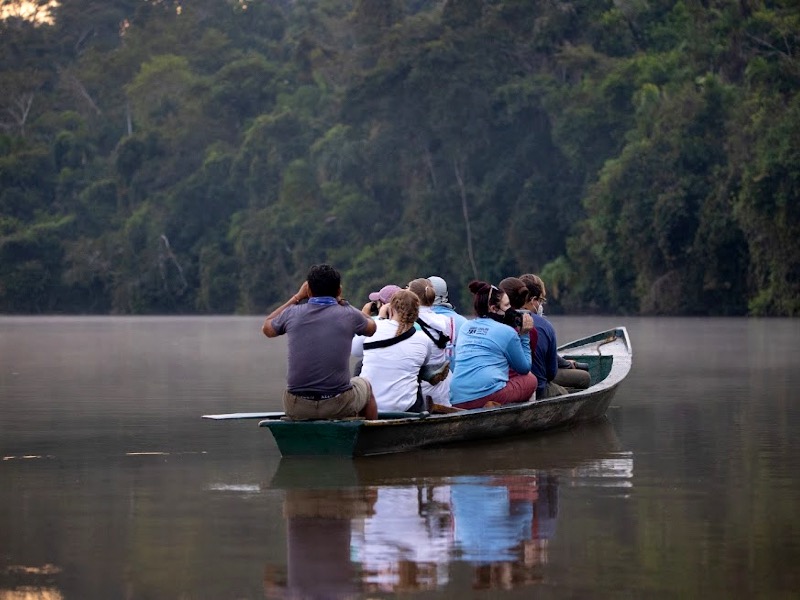
Inside Earth Expeditions
Recorded September 25, 2025, covering Mongolia, Kenya, and Amazon.
Want to know more about Dragonfly's global+web-based Earth Expeditions courses? Please view a recording from one of our 2025-26 Inside Earth Expeditions sessions, or join us next fall for an upcoming session, where we share the inside scoop on our EE course locations, partners, and activities. These sessions are perfect for current AIP and GFP students, prospective GFP students, and those interested in taking an EE as an individual course. Each session was led by an experienced member of our instructional team.
Questions?
Check out another EE!
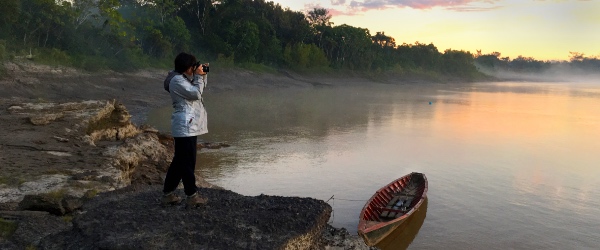
Amazon: Avian & Tropical Ecology
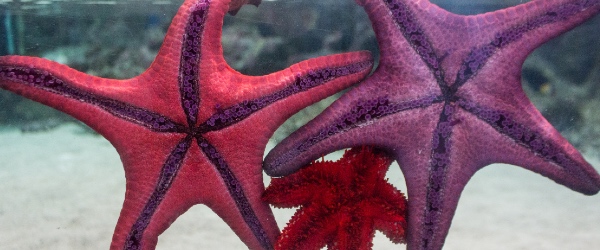
Australia: Great Barrier Reef
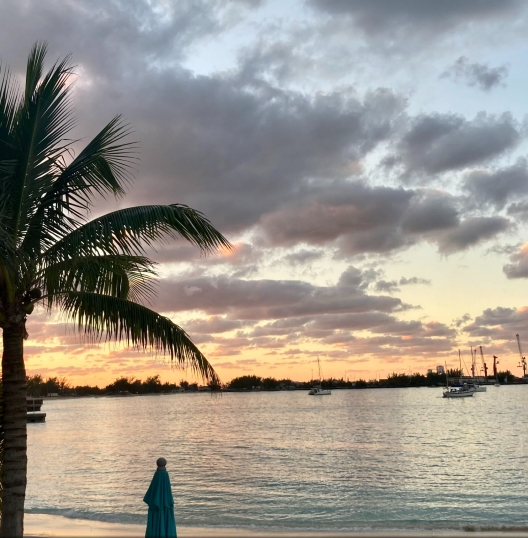
The Bahamas: Cultivating Conservation Networks
Snorkel in biodiverse marine protected areas, explore unique national parks, and gain an understanding of community-driven initiatives by talking directly with local experts at the forefront of conservation.
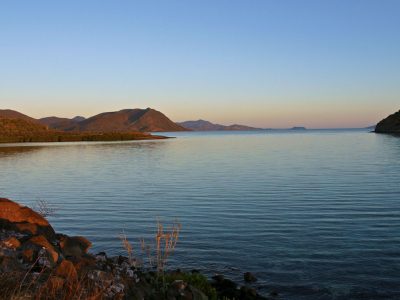
Baja: Field Methods

Belize: Approaches to Environmental Stewardship
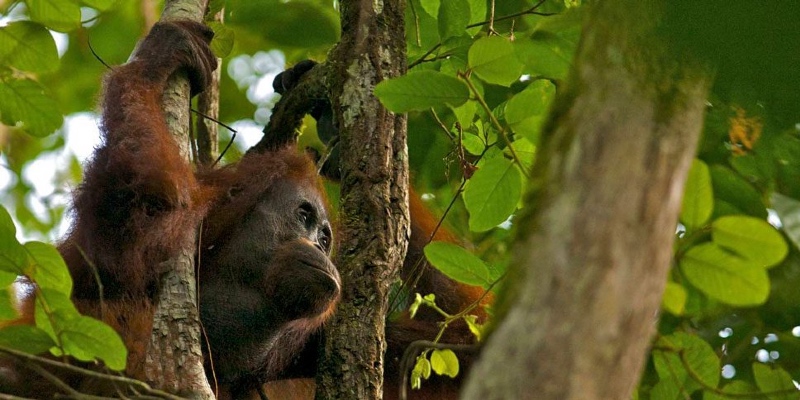
Borneo: Primate Conservation
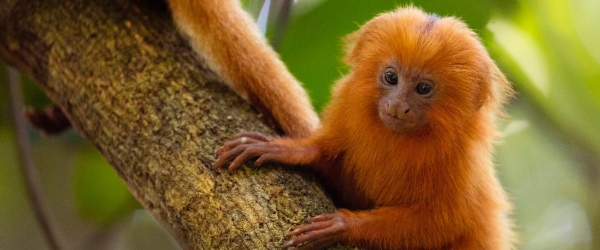
Brazil: Saving Golden Lion Tamarins
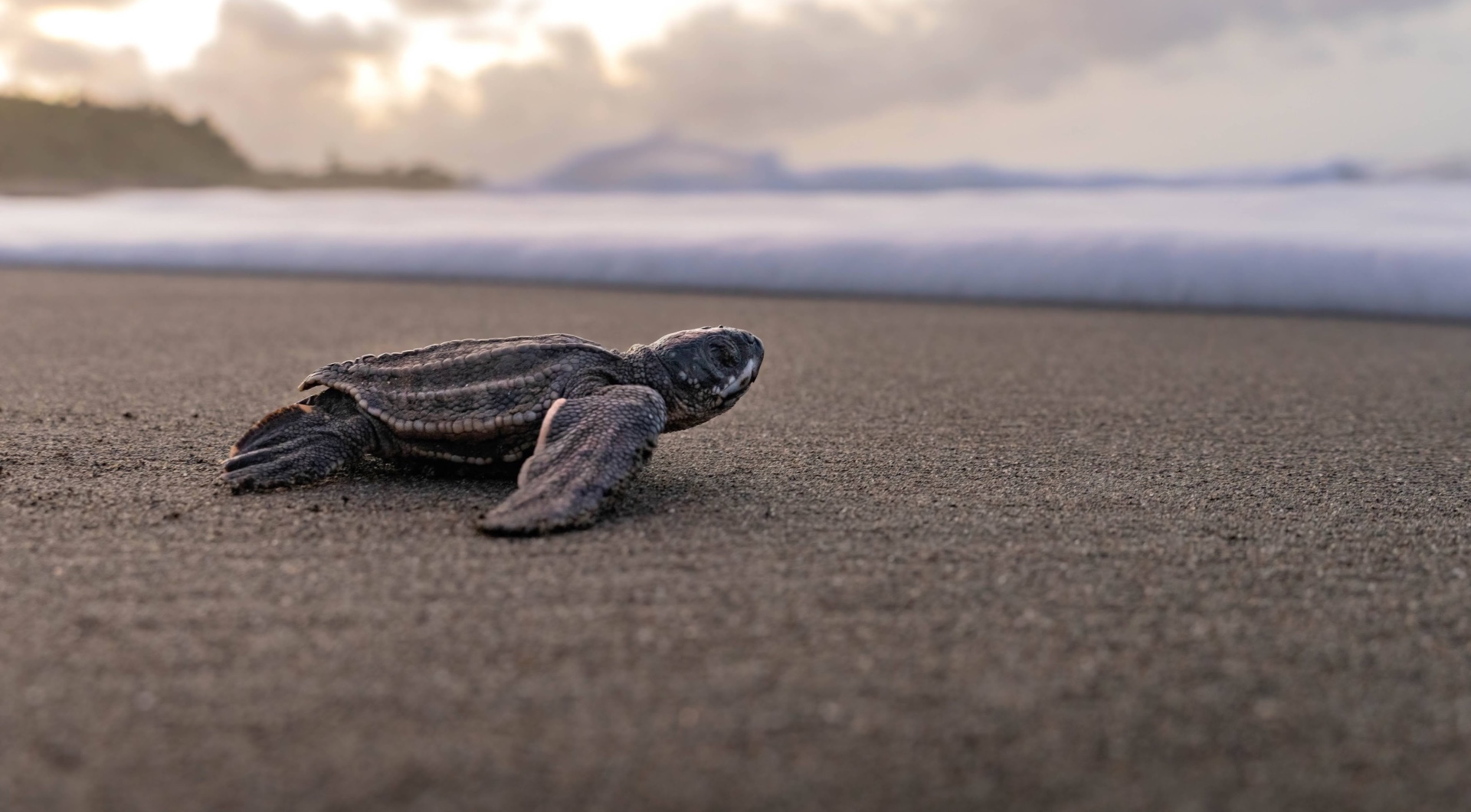
Costa Rica: Ecology & Ecotourism
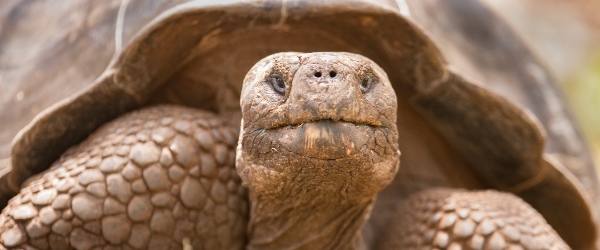
Galápagos: Islands of Change
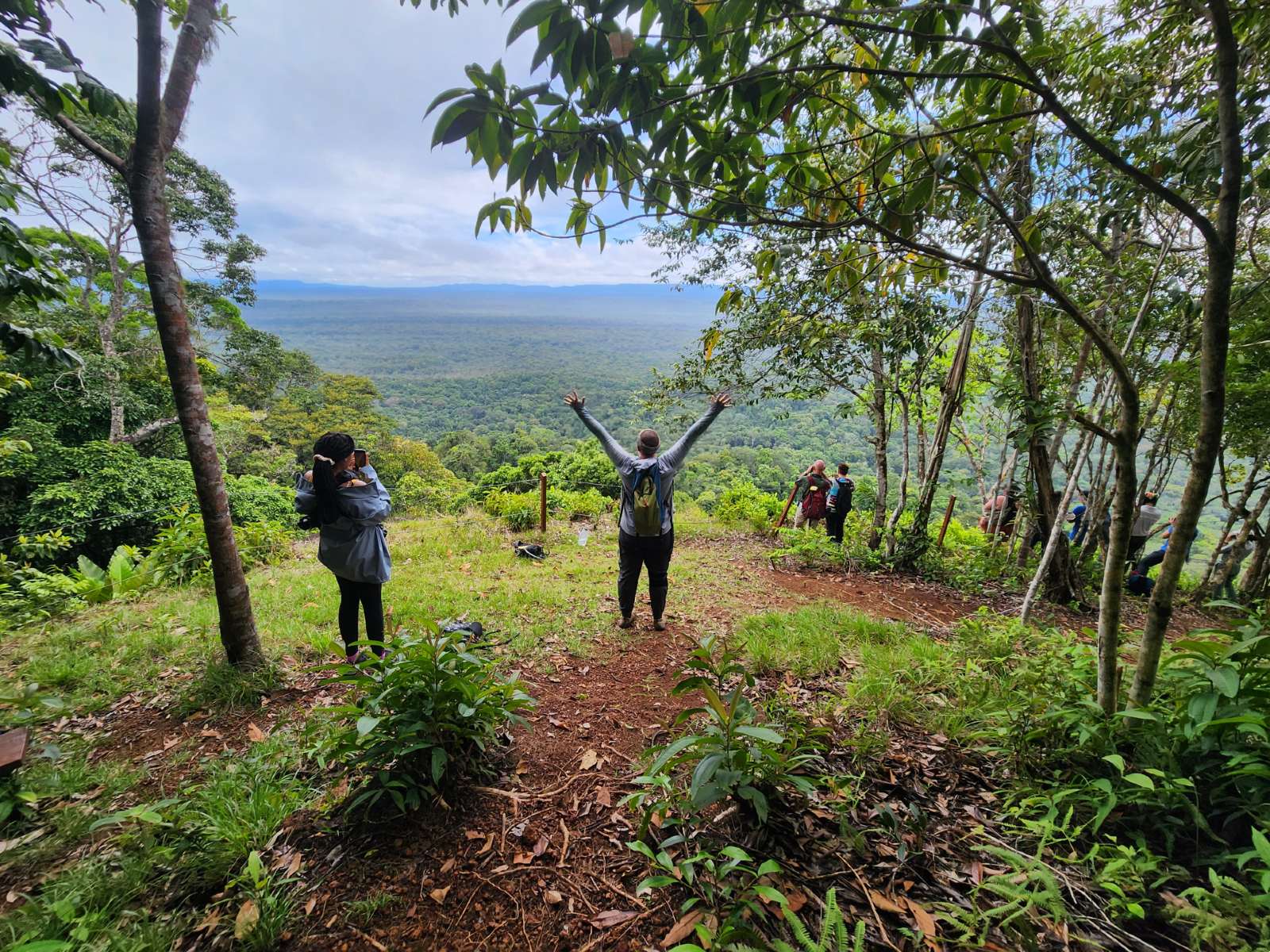
Guyana: Local Wisdom & Conservation
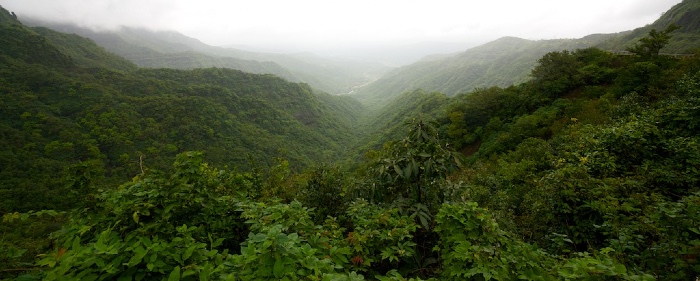
India: Species, Deities & Communities
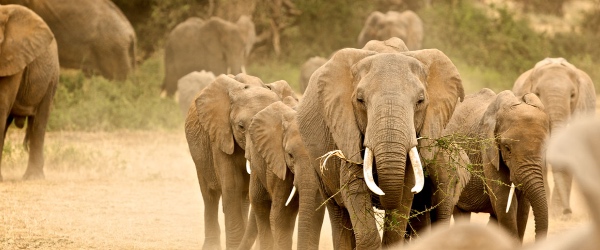
Kenya: Wildlife & People in Integrated Landscapes
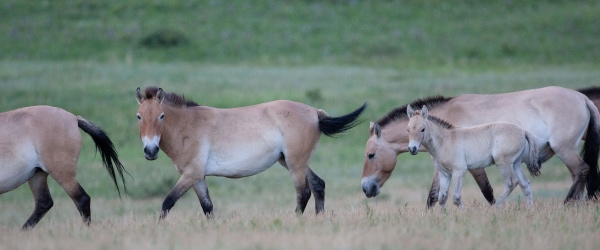
Mongolia: Steppe Ecology & Civic Media
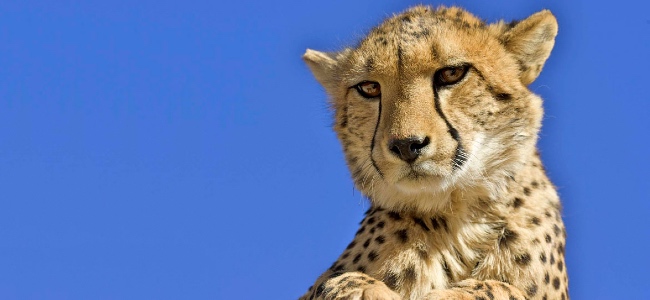
Namibia: Great Cat Conservation
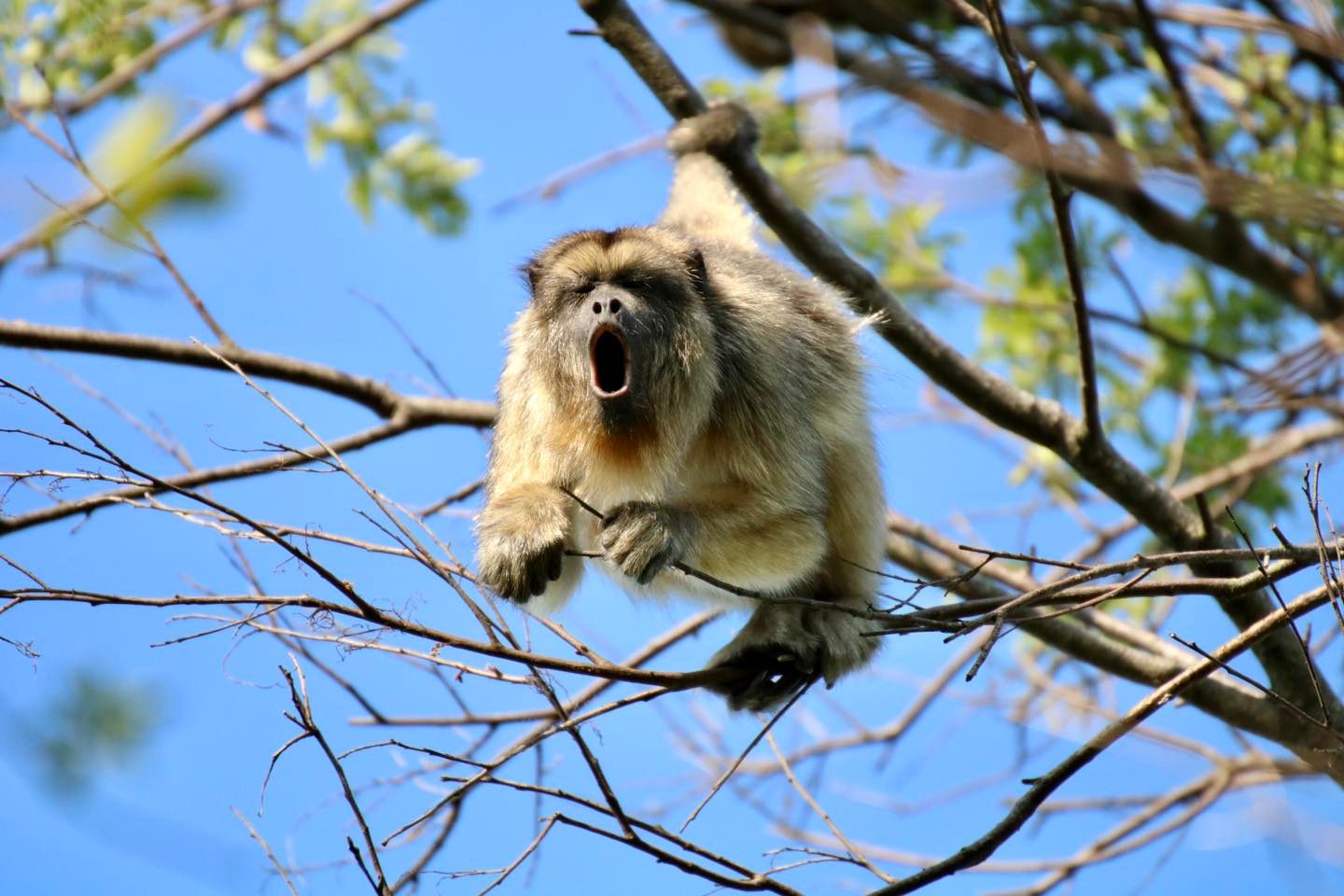
Paraguay: Eco-Leadership
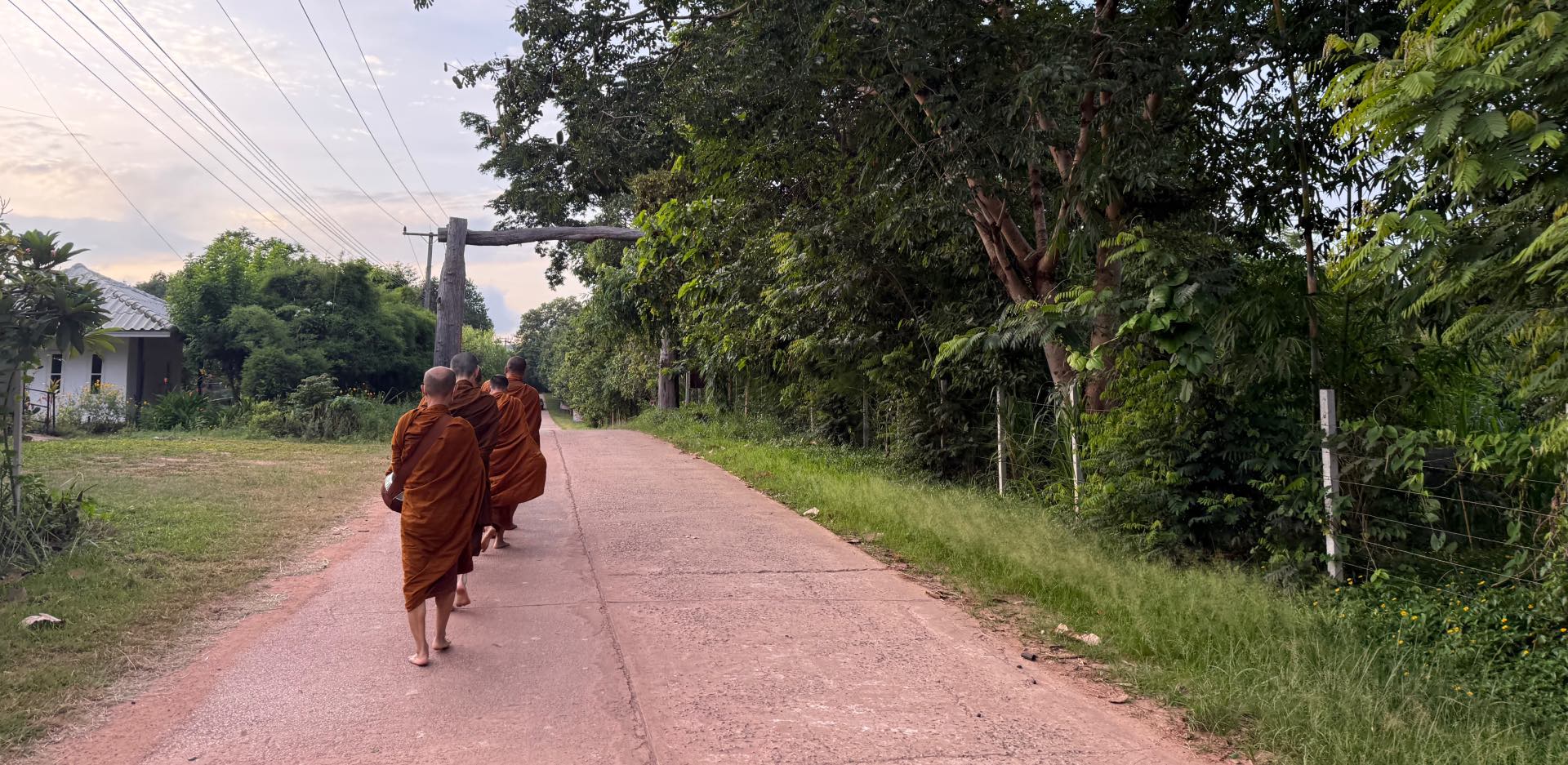
Thailand: Buddhism & Conservation
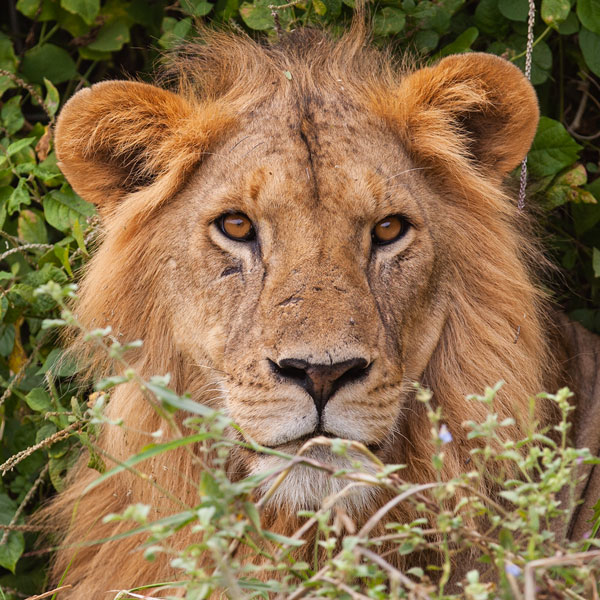
FAQs
